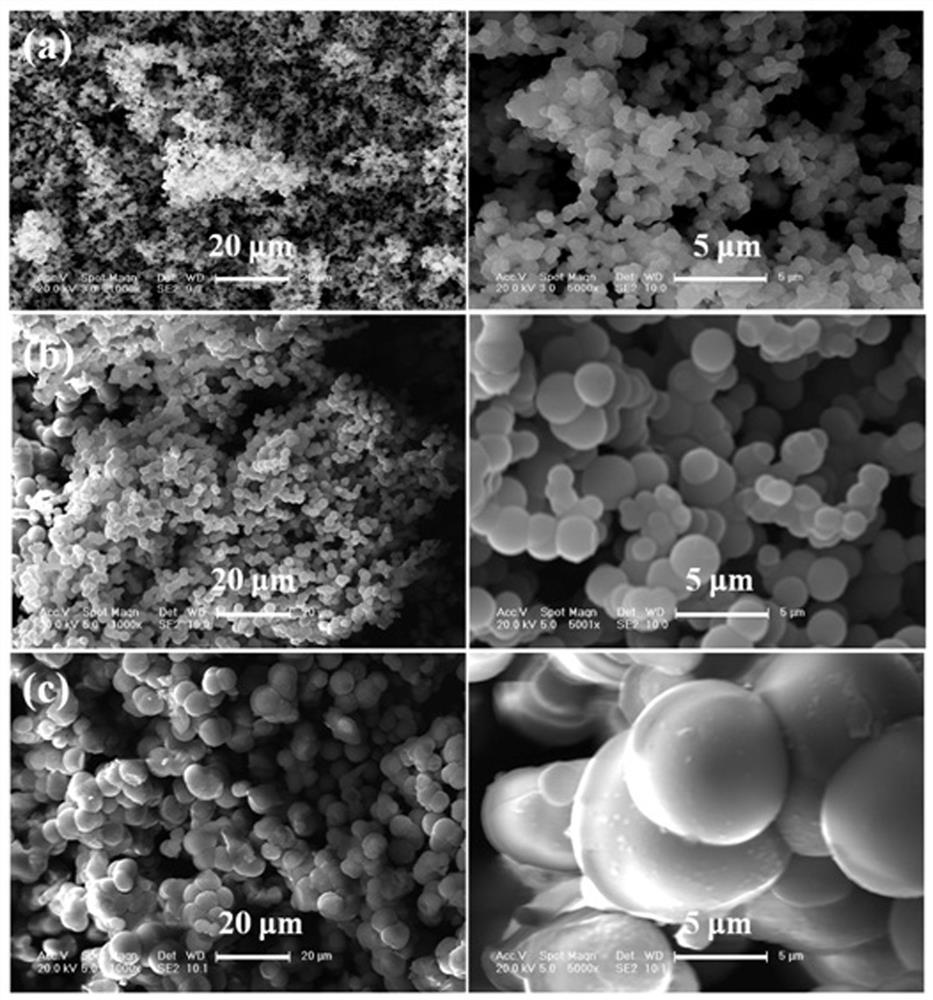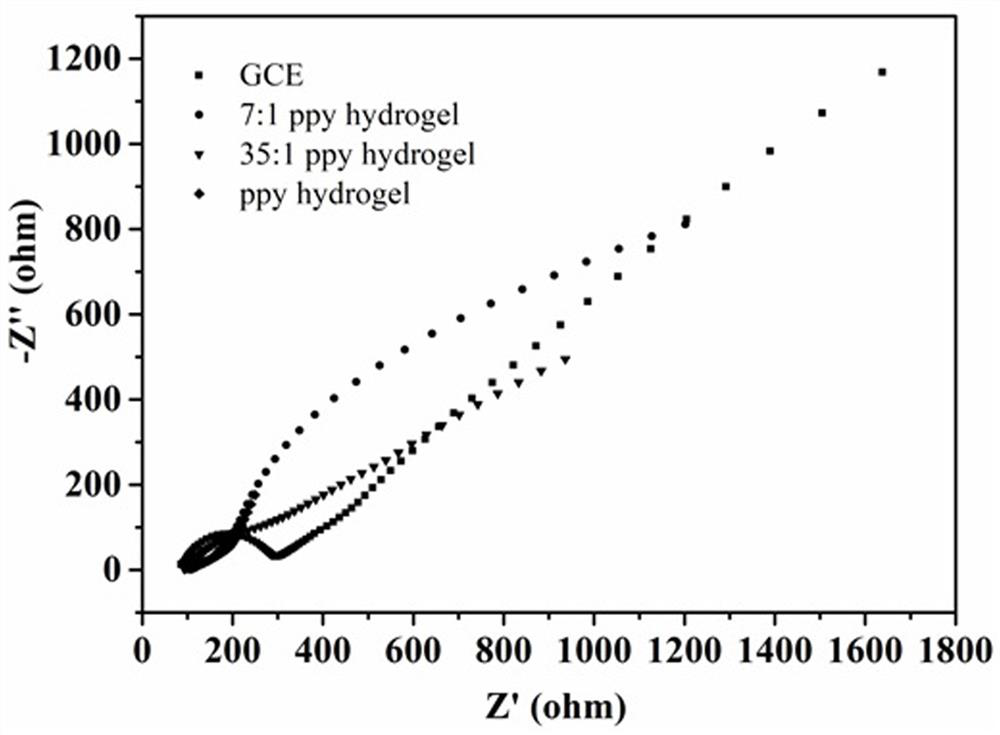Method for constructing electrochemical immunosensing interface based on conductive gel with active sites
A conductive gel, active site technology, applied in the field of immunodetection or electrochemical sensing, can solve the problems of difficult molecular skeleton binding sites, destroy the Π conjugated network structure, hinder electron transport, etc., and achieve rapid and mild antibody chemistry. Fixed, broad application prospects, the effect of excellent electrical conductivity
- Summary
- Abstract
- Description
- Claims
- Application Information
AI Technical Summary
Problems solved by technology
Method used
Image
Examples
Embodiment Construction
[0021] The present invention will now be described in further detail in conjunction with the accompanying drawings and the following examples, but it should be understood that these examples are for illustrative purposes only, and should not be construed as limitations on the implementation of the present invention.
[0022] In this example, the supramolecular complex of vinyl ferrocene and monoaldehyde cyclodextrin is used to copolymerize with pyrrole to obtain a conductive gel, which is loaded on the working electrode and the antibody is immobilized to obtain an electrochemical immunosensing interface. Specific steps are as follows:
[0023] (1) Preparation of supramolecular complexes
[0024] Weigh 2.33 g of β-cyclodextrin and 0.523 g of 2-iodoxybenzoic acid into a 100 mL Erlenmeyer flask, add 20 mL of dimethyl sulfoxide to it, ultrasonically dissolve it for 2 min, and react at room temperature for 24 h. After completion, it was settled with cooling acetone, and a white pr...
PUM
 Login to View More
Login to View More Abstract
Description
Claims
Application Information
 Login to View More
Login to View More - R&D
- Intellectual Property
- Life Sciences
- Materials
- Tech Scout
- Unparalleled Data Quality
- Higher Quality Content
- 60% Fewer Hallucinations
Browse by: Latest US Patents, China's latest patents, Technical Efficacy Thesaurus, Application Domain, Technology Topic, Popular Technical Reports.
© 2025 PatSnap. All rights reserved.Legal|Privacy policy|Modern Slavery Act Transparency Statement|Sitemap|About US| Contact US: help@patsnap.com



